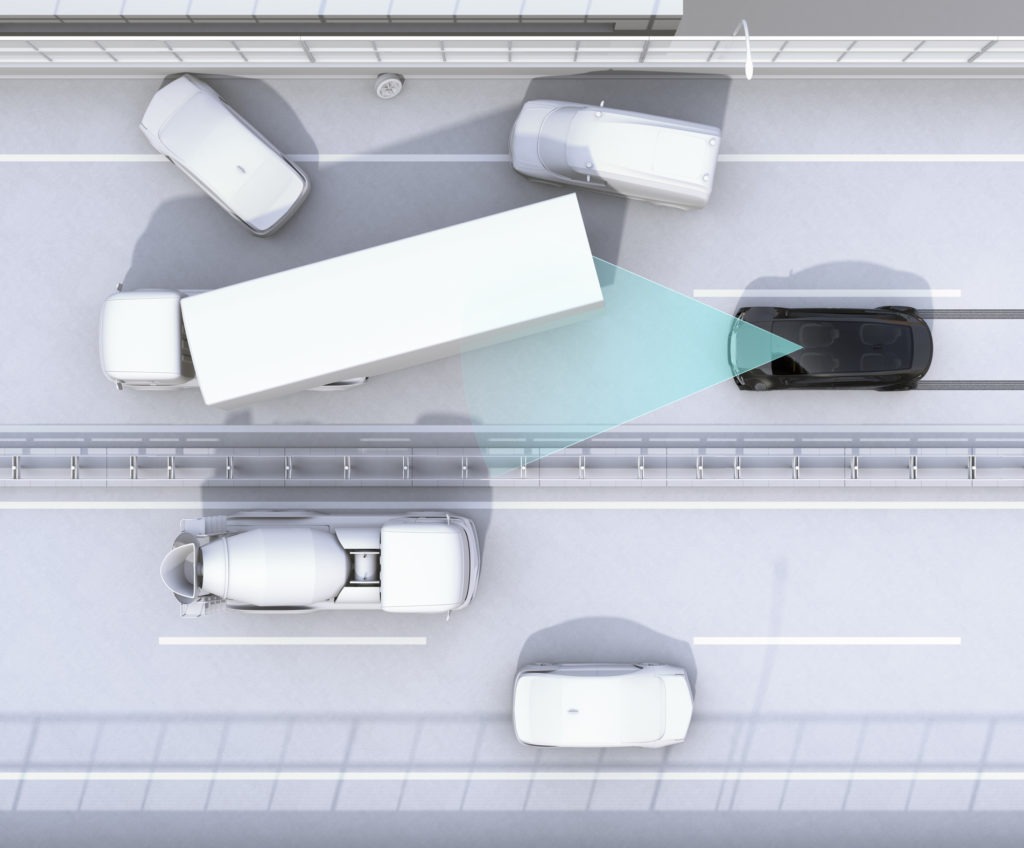Autonomous vehicles will be held back by user anxiety
30 August 2019

Autonomous vehicles will be held back by user anxiety
30 August 2019
User anxiety is the biggest barrier to mass autonomous vehicle adoption. However, country legislation also plays a big part in concerns over the uptake of the technology once it becomes readily available.
The industry is pushing forward with the development of driverless systems, in response to the pace of research being displayed by companies outside the automotive market. However, the latest Autovista Group survey highlights that users fear trusting their journey to a computer and sensors that will hold the market back, with 35% backing this statement.
High-profile accidents involving Uber and Tesla vehicles piloted under driverless conditions on public roads earlier this year will have done nothing to help consumer confidence in such cars, and if the public is not willing to try, they will never know the benefits. However, a younger generation, more averse to traditional car ownership and able to adapt to new technologies, are the likely target market, with Ford highlighting such a trend by announcing it will transition into a ′mobility company' through the supply of autonomous vehicles to car-sharing services.
Closing up
However, while user anxiety has often been the main barrier, with many believing it is the user who will hold the technology's adoption back, the Autovista Group survey highlighted that the gap between this perception and others is closing. In second, just 6% behind and gaining 29% of the overall vote, was country legislation.
This is an important point. Governments currently need to approve trials of autonomous vehicles on public roads, and while some are keen to support the technology, others are understandably cautious of mixing vehicles on trial with everyday motorists.
To change the law in many countries in a complex procedure. Additionally, there will need to be new type approval processes, insurance rules and proof that the vehicles are safe before they are allowed to be used. In some countries, the ruling may also depend on local authorities. These things may take time, so even if the technology is ready, the legislation may not be.
Manufacturer challenge
Following this, 18% of voters thought that slow manufacturer development would be the biggest barrier to mass autonomous vehicle adoption. With technology companies leading the way, carmakers are under pressure not to lose out. However, they are also struggling to meet strict European emissions targets and need to develop electric vehicles. The high development costs of these two programmes have led to some having to find partners, such as Volkswagen and Ford, and Daimler and BMW (and potentially Audi).
Next, 16% felt that poor infrastructure was the biggest barrier. Autonomous cars will need clean white lines and smoother roads to work more effectively, allowing sensors to monitor where the vehicle is on the road. This would require a huge financial investment from local authorities across Europe to make sure their roads are up to scratch.
Just 2% chose the other option, with many comments citing under-developed technology from external companies as the biggest barrier. Others felt high costs of such vehicles when they finally come to market would also drive people away from the technology.